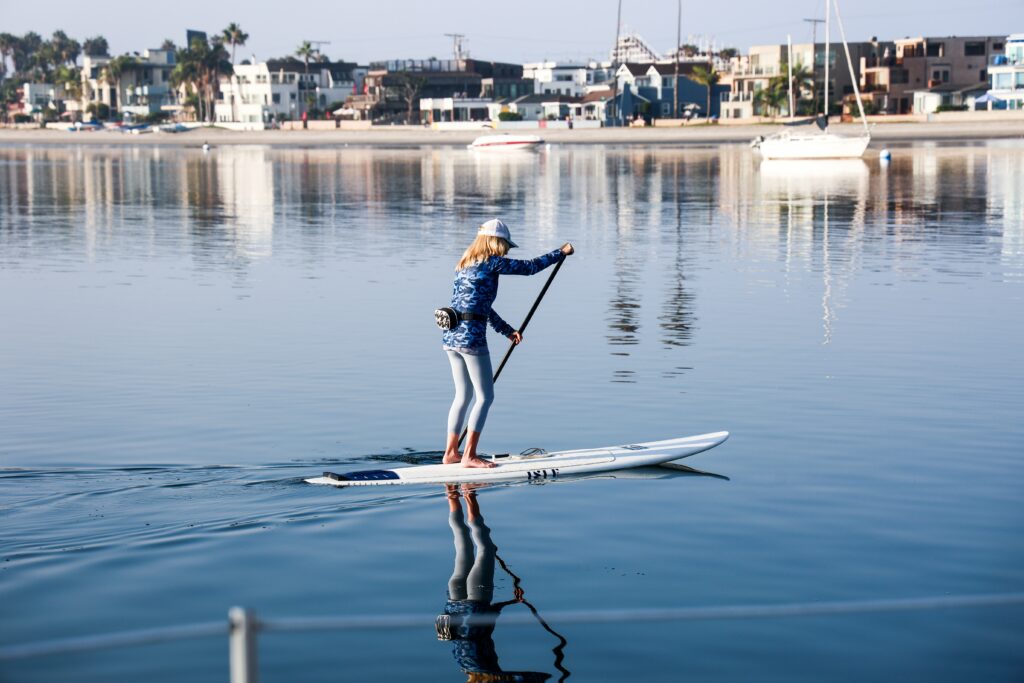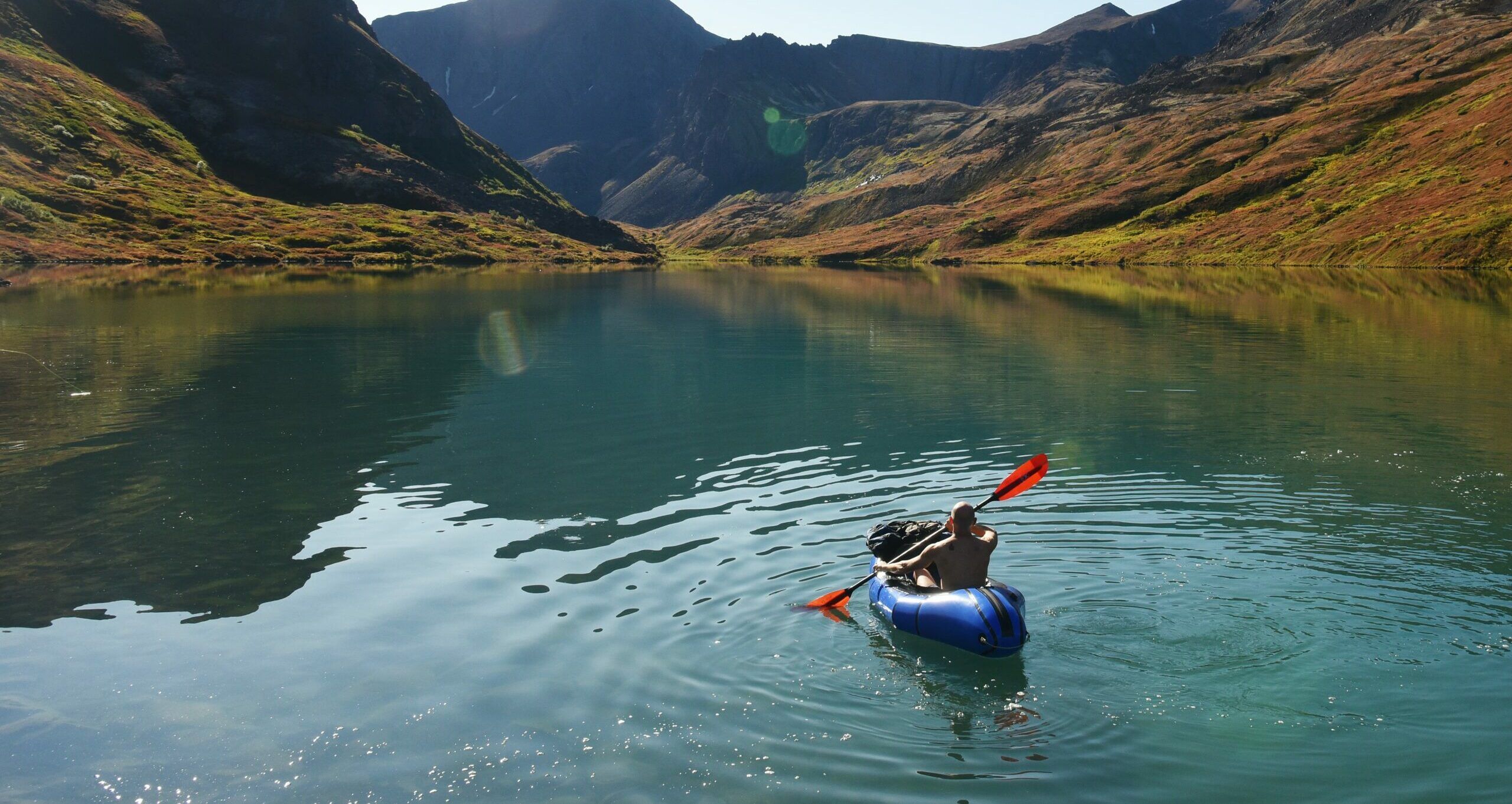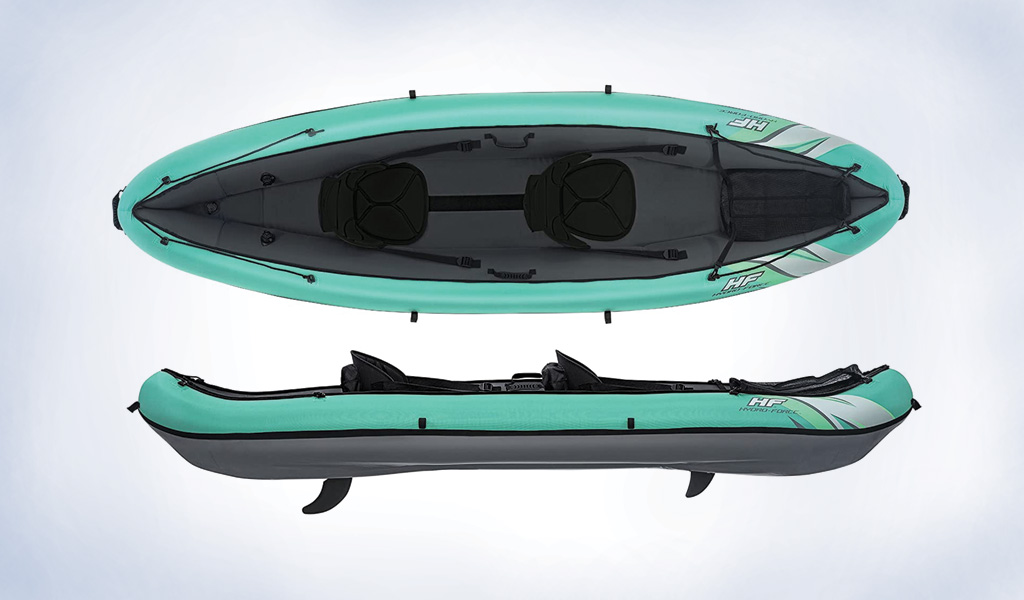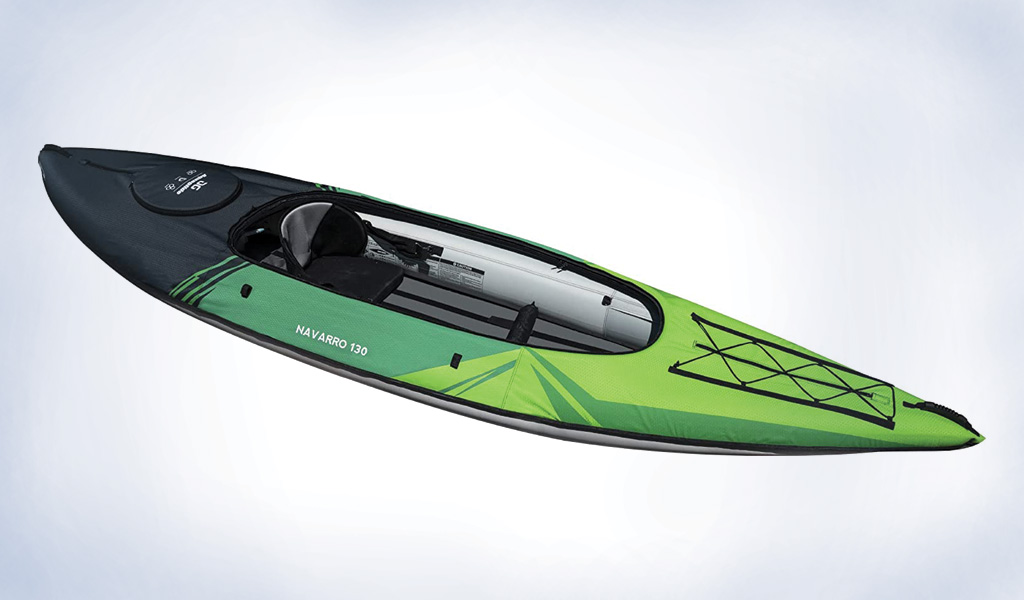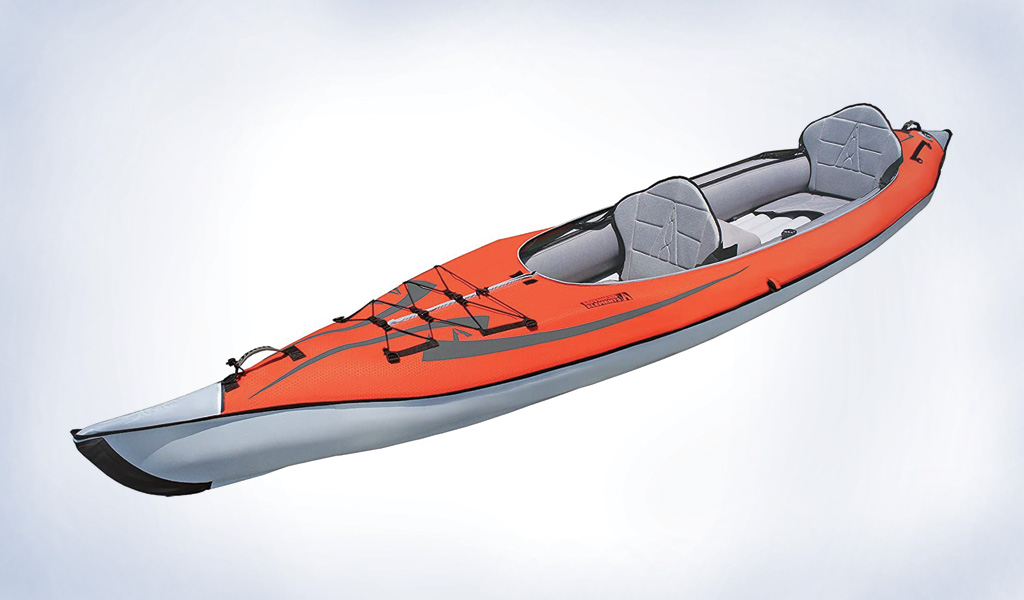Prone Paddleboarding: A Comprehensive Guide
Embracing the surf, feeling the rhythm of the waves, and challenging your body’s strength and endurance in the open water; welcome to the world of the prone paddleboard. Prone paddleboarding is a sport that’s gaining momentum all over the globe. Conceived from surfing’s early days, it has emerged as an exhilarating standalone experience, encouraging participants to engage with the aquatic world in a truly unique way. This exploration will shed light on everything you need to know about prone paddleboarding – an intense yet fulfilling adventure that’s not merely about balance on a board but also about the continuous quest for personal progress.
Understanding Prone Paddleboarding
Understanding Prone Paddleboarding: The Basics
Prone paddleboarding, also known as traditional paddleboarding, is an outdoor water activity where the participant lies on their stomach on the board to paddle instead of standing upright. This sport requires efficient use of upper body strength as the arms play an instrumental role in paddling the prone paddleboard on the water’s surface. Legs and core strength are also necessary to maintain balance. Usually, the boards are elongated and narrower than stand-up paddleboards, providing agility and speed. Prone paddleboarding works as an excellent workout that promotes cardiovascular health and strengthens the core and upper body.
History and Evolution of the Prone Paddleboard
Prone paddleboarding is, in fact, an original form of water sports, with a history traced back to the Polynesian cultures in Hawaii. It was the primary means for early Hawaiians to travel from island to island, majorly for fishing and transportation purposes. Tom Blake, a surf legend, is typically credited with modernizing the paddleboard in the early 1930s. He was inspired by early Hawaiian designs and developed a hollow wooden board for better buoyancy, durability, and speed. With the rise in popularity of stand-up paddleboarding over the years, prone paddleboards took a back seat but are now again gaining attraction as an effective form of fitness exercise and racing sport.
Key Terms in Prone Paddleboarding
- Striding: Moving down the board on your knees or stomach while maintaining momentum.
- Sprint Start: A quick start technique that involves pushing your board into the water, leaping onto it, and immediately beginning to paddle.
- Rail: The sides of your board.
- Rocker: Describes the curve of the board from nose to tail, affecting the speed and maneuverability.
Types of Prone Paddleboarding Boards
The type of prone paddleboarding equipment used can affect one’s experience. There are mainly two types – the traditional Stock Paddleboard and the Unlimited Paddleboard. Stock paddleboards, measuring 12 feet long and roughly 20 inches wide, are designed for stability but limit the speed to some extent. They are best for beginners due to their durability and stability. On the other hand, Unlimited Paddleboards can vary in length and width and are designed for speed. With pointy noses and tapered tails, these boards allow for longer, more powerful paddling strokes. However, they require a higher fitness level and better paddling skills to balance.
The Role of Prone Paddleboarding in Fitness
With upper body and core strength, balance, and cardiovascular endurance among its benefits, prone paddleboarding is highly regarded as a full-body workout. It strengthens the back, shoulders, arms, and core, improving muscular strength and endurance. Plus, the requirement of balance and coordination skills can contribute to enhanced agility and flexibility. Moreover, prone paddleboarding inspires outdoor activity, fostering connection with nature, and promoting mental health benefits like reduced stress and improved mood.
Distinguishing Prone Paddleboarding from Stand-up Paddleboarding
Both prone and stand-up paddleboarding are engaging water sports, but the main distinction resides in the body positions assumed while participating. Prone paddleboarding heavily pressures the upper body as one lies down and paddles, while stand-up paddleboarding works more on the core and leg muscles, with participants in a standing position. This variation in physical demands gives each type its uniqueness in terms of fitness benefits and competitiveness.
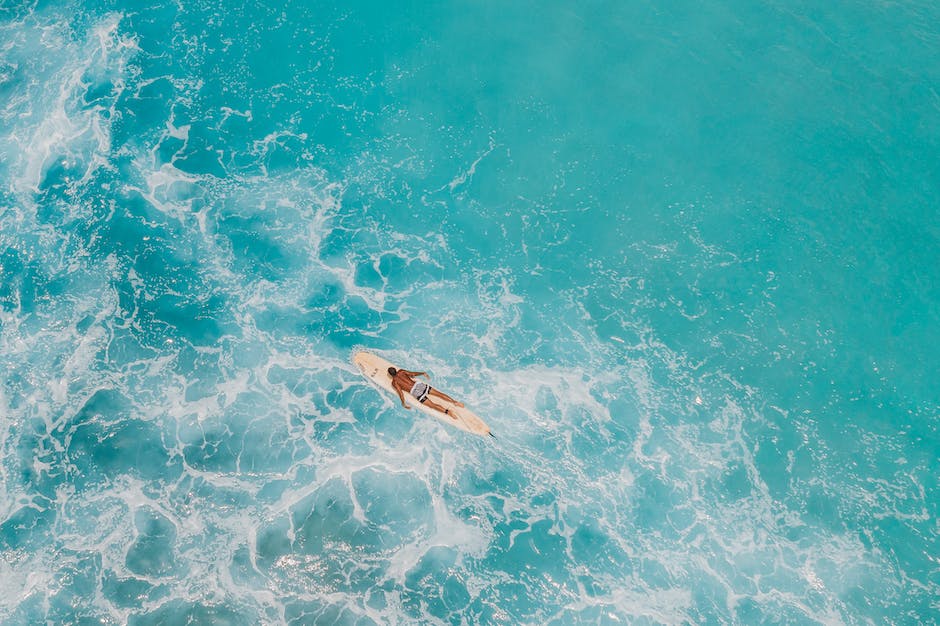
Prone Paddleboard Equipment and Accessories
The Practicalities of the Prone Paddleboard: Essential Gear and Accessories
Distinctive gear is required to fully enjoy and stay safe while prone paddleboarding. The first indispensable tool, naturally, is the prone paddleboard. These boards, which are slenderer and longer than stand-up paddleboards, range from about 10 to 20 feet in length, and are designed for maximum water glide and efficiency.
Renowned makers such as Bark, Surftech, and Kings Paddle Sports, offer diverse board designs and sizes to accommodate varying individual techniques and body structures. Select a board suitable to your weight and proficiency to ensure peak performance.
Safety gear should never be overlooked in paddleboarding. An essential item is a personal flotation device (PFD) or life jacket, more so when surfing in deep waters. A leash is also important, keeping the board within reach in case the paddler takes a spill. Additional safety measures like sun hats and sunscreen, as well as hydration packs for extended sessions, should also be considered.
Monitoring your gear should also be paramount. Items like a board bag for safe transport and storage, a paddle cover, and repair kits containing epoxy resins for fiberglass boards will aid in maintenance. Regular inspection, cleaning, and prompt repairs will significantly prolong the life of your board.
Guide to Purchasing Prone Paddleboards and Accessories
Choosing a prone paddleboard largely depends on the style of paddling you plan on engaging in. Speed and efficiency are the hallmarks of racing boards, but they may compromise stability. On the other hand, touring boards are designed for comfort during prolonged paddling sessions, though they might not be as fast.
Ranging in both quality and pricing, numerous brands offer sports equipment designed specifically for prone paddleboarding. Among these, Bark and Surftech are known for their specialized designs. For paddling needs, trusted brands like Aqua-Bound, Sawyer Paddles, and Black Project are recommended due to their reliable range of options.
For safety gear, acclaimed brands such as Mustang Survival, Stohlquist and NRS offer a great selection. Their range of PFDs come equipped with various features, such as phone pockets, hydration reservoirs, and reflective trims for visibility.
Throughout your research, don’t overlook the importance of maintenance gear. Often these items can be generalized or brand-specific. Explore the warranties and their coverage offered by different brands. Choosing renowned brands usually comes with an assurance of high-quality products and consistent customer service.
To conclude, an investment of time in research before venturing into the purchase of prone paddleboarding equipment will ensure you get gear that enables you to enjoy watersports safely and efficiently.
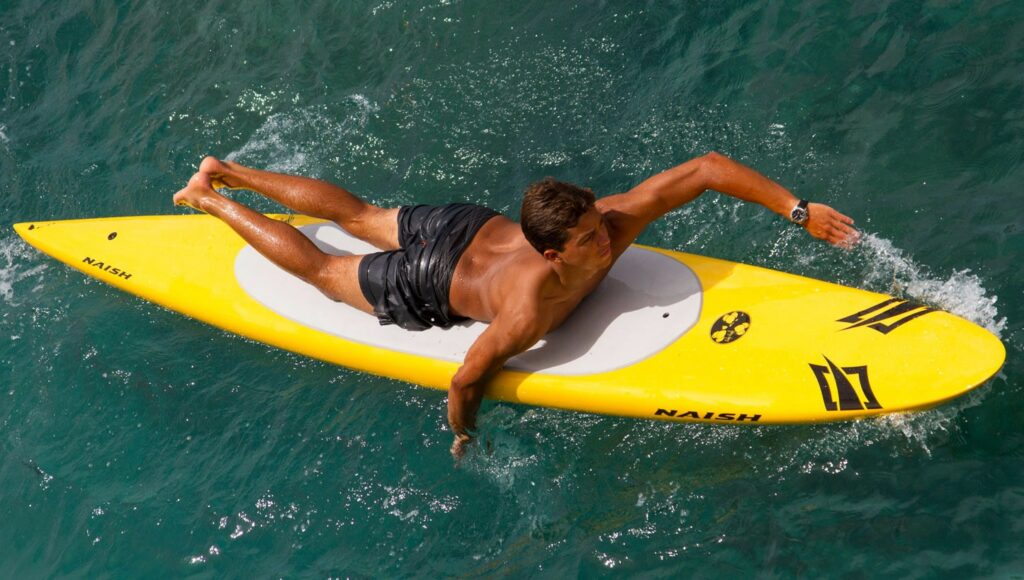
Techniques and Training
Mastering Techniques in Prone Paddleboarding
Prone paddleboarding is a unique watersport in that it requires an individual to navigate water on a paddleboard by lying or kneeling down and propelling themselves using their hands. Before diving into tougher conditions, it’s important to get comfortable on the board in calm, still water. A commonly utilized paddling technique is the ‘arm pull’, where the paddler pushes back water using their hands, thereby promoting forward motion.
The ‘double-arm’ method is yet another approach towards paddling. In this technique, both arms simultaneously reach and pull at the water, akin to traditional swimming strokes. While it expedites movement, it also requires more energy. It’s crucial that paddlers familiarize themselves with alternating between single and double arm strokes, as the circumstances will dictate the use of these techniques.
Training and Fitness for Prone Paddleboarding
Just like any other sport, prone paddleboarding requires a good amount of strength and endurance. Newbies should start training gradually to build up their paddling fitness. Swimming is an excellent cross-training activity as it builds up your arm, shoulder, and core strength while improving your cardio fitness at the same time.
Other good exercises for prone paddleboarding include planks (for core stability), push-ups (for upper body strength), and squats and lunges (for leg strength). Combining these with regular paddling sessions on the water is crucial for gaining the right balance and coordination.
Improving Balance and Coordination
One of the most fundamental skills to master in prone paddleboarding is balance. Paddlers need to center their body weight on the board to keep it stable. Beginners can start by kneeling on the board before transitioning to lay down. Regularly practicing this transitioning can help the individual get accustomed to the board’s balance.
Additionally, practicing on dry ground can also help. Mimicking the paddling motion while lying on a fitness ball can improve your balance and coordination without the risk of falling into the water.
Mastering Advanced Prone Paddleboard Techniques
Gradually, as you become comfortable with the basic maneuvers of prone paddleboarding—using your board and paddle—you can start challenging yourself with advanced techniques. Successfully mastering these can involve fine-tuning actions like navigating through waves and performing smooth-sailing turns. One impactful way to execute the latter is to lean into the direction of the turn, pull towards the same side with your paddle and kick your legs towards the opposite side to execute a complete turn.
But remember, proficiency in such techniques comes only with time and continued practice. Patience is key in this learning journey. Keep practicing, be attuned to your body’s reactions, and make sure you are making the time on the water enjoyable. Prone paddleboarding is not just a matter of speed and skill—it’s also about fully experiencing and enjoying the aquatic environment.
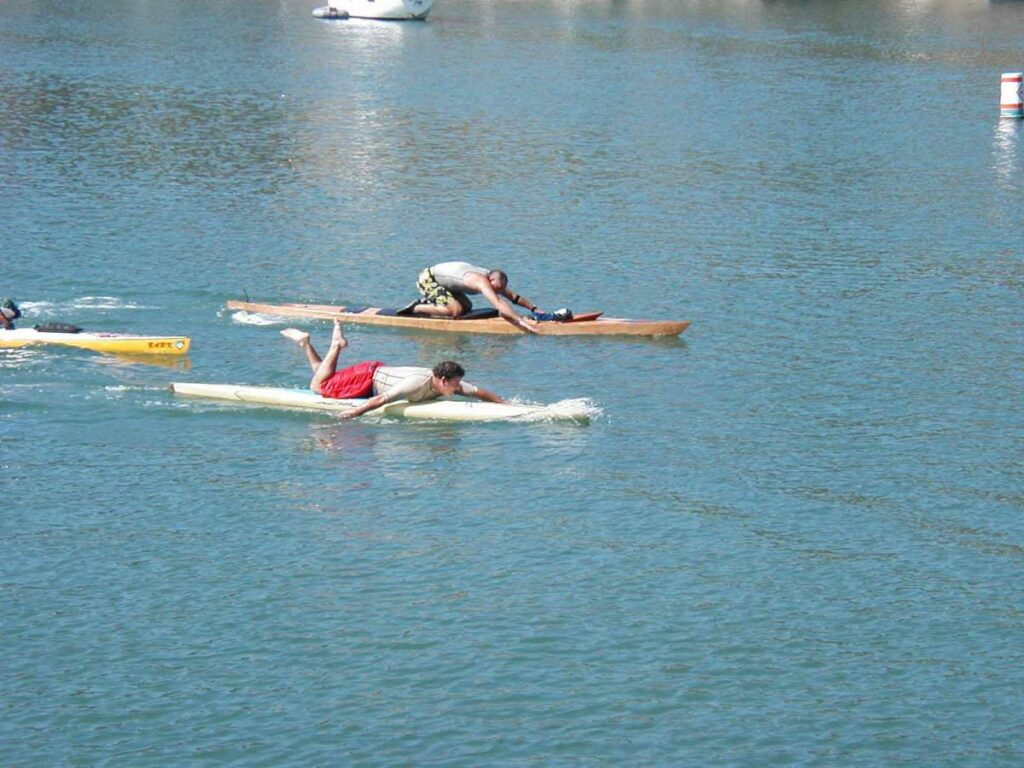
Health Benefits and Safety Measures
The Healthful Rewards of Prone Paddleboarding
Embarking on the journey of prone paddleboarding doesn’t only take you on aquatic adventures, it also serves as a comprehensive form of exercise. It stands out as a full-body endurance workout that synergistically engages every muscle from your toes to your head. It offers cardiovascular benefits similar to running or aerobics, however, it is much easier on your joints, minimizing the risk of serious damages or stress fractures. Toning the arms, shoulders, and back muscles forms a crucial part of the paddling process while your core and legs put in continual work to keep you balanced on the prone paddleboard.
According to diverse scientific research, prone paddleboarding is associated with increased calorie burning, strengthened endurance, and enhanced cardiorespiratory health. It has also gained recognition for its ability to amplify balance, coordination, and holistic body strength. The constant neuromuscular training that comes from trying to stay balanced further reinforces functional core strength and lower body stability.
Besides physical returns, prone paddleboarding also promotes mental health. Immersing yourself in the outdoors and being on the water is a naturally stress-relieving experience. The rhythmic and meditative layers that paddling adds can significantly help lighten moods, ease anxiety, and reduce stress levels.
Safety Measures in Prone Paddleboarding
Despite the numerous benefits, prone paddleboarding can come with inherent risks, mostly when conducted without proper safety measures. The first step towards safety is ensuring the use of appropriate gear, including a suitable board, a personal flotation device (PFD), a safety whistle, and, in certain conditions, a wetsuit or drysuit for heat retention.
Water conditions, including temperature, currents, and weather, should be thoroughly assessed before entering the water. Sudden changes can present hazards to paddleboarders, especially those new to the sport or unfamiliar with the specific body of water.
Understanding basic first aid procedures, being able to swim, and knowledge of local marine life and hazards are all essential tools for a safe prone paddleboarding experience. Also, beginners should consider paddleboarding in groups or supervised by experienced paddlers before attempting to paddle alone.
Board handling and control are crucial factors in paddleboarding safety. This includes knowing how to quickly exit the prone paddleboard board in the event of a fall and being aware of how to maneuver the board to avoid obstructions and collisions.
In the end, while paddling a prone paddleboard is a highly beneficial and therapeutic sport, it mandates responsible and safe practices to prevent accidents and injuries. Regularly reviewing safety measures, staying updated about weather and water conditions, and wearing the right gear are good practices that will ensure a paddler’s safety and enjoyment of the sport.
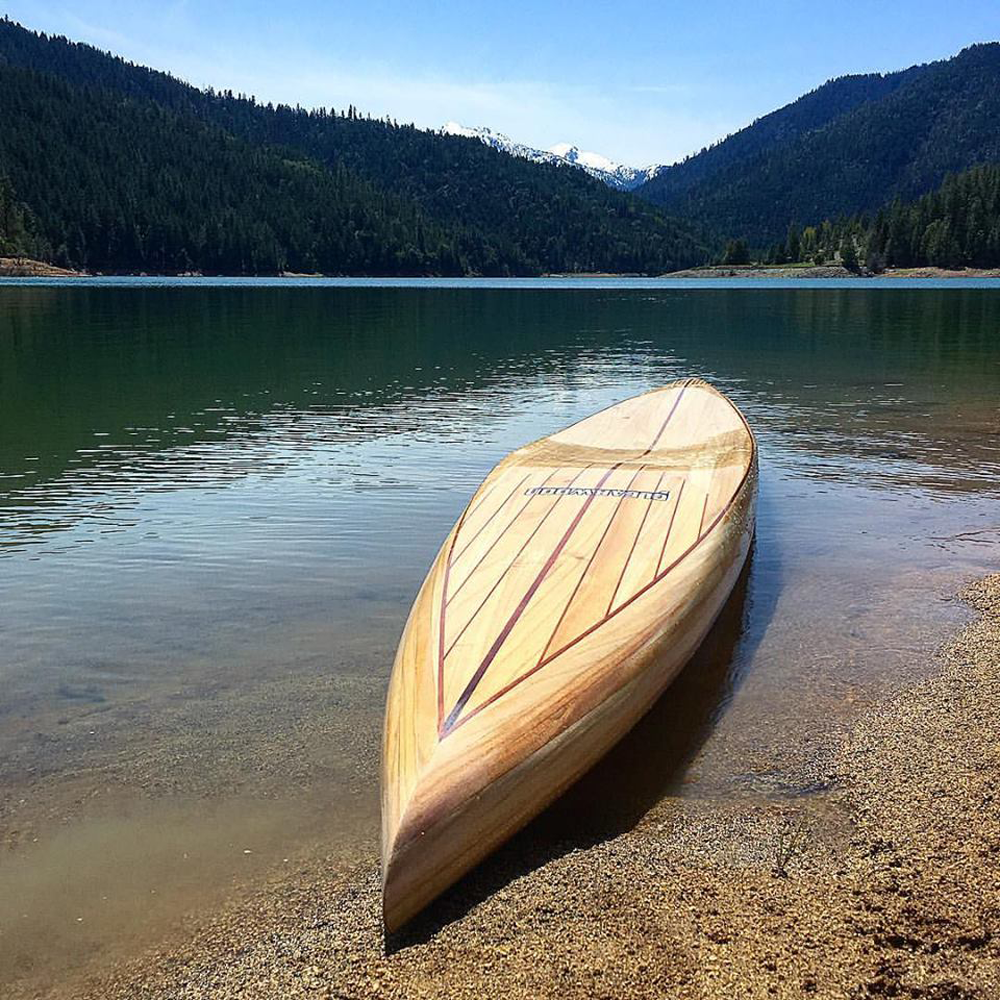
As our journey through the waters of the prone paddleboard comes to an end, we find that this immersive sport is more than just staying upright on a board. It pushes us, challenges us, and rewards us with beautiful experiences and substantial health benefits. It is a practice that needs respect for safety measures and an appreciation of the skills and equipment involved. In the ebb and flow of its waves, prone paddleboarding carries us closer towards a blend of fitness, mindfulness, endurance, and an inevitable bond with the water. Whether you’re just dipping your toes in or fully submerged in its global community, may the essence of prone paddleboarding keep your spirit riding high. So, grab your paddles and hit the water, because the ocean awaits, ready to etch a tale on the surface of your adventurous spirit.
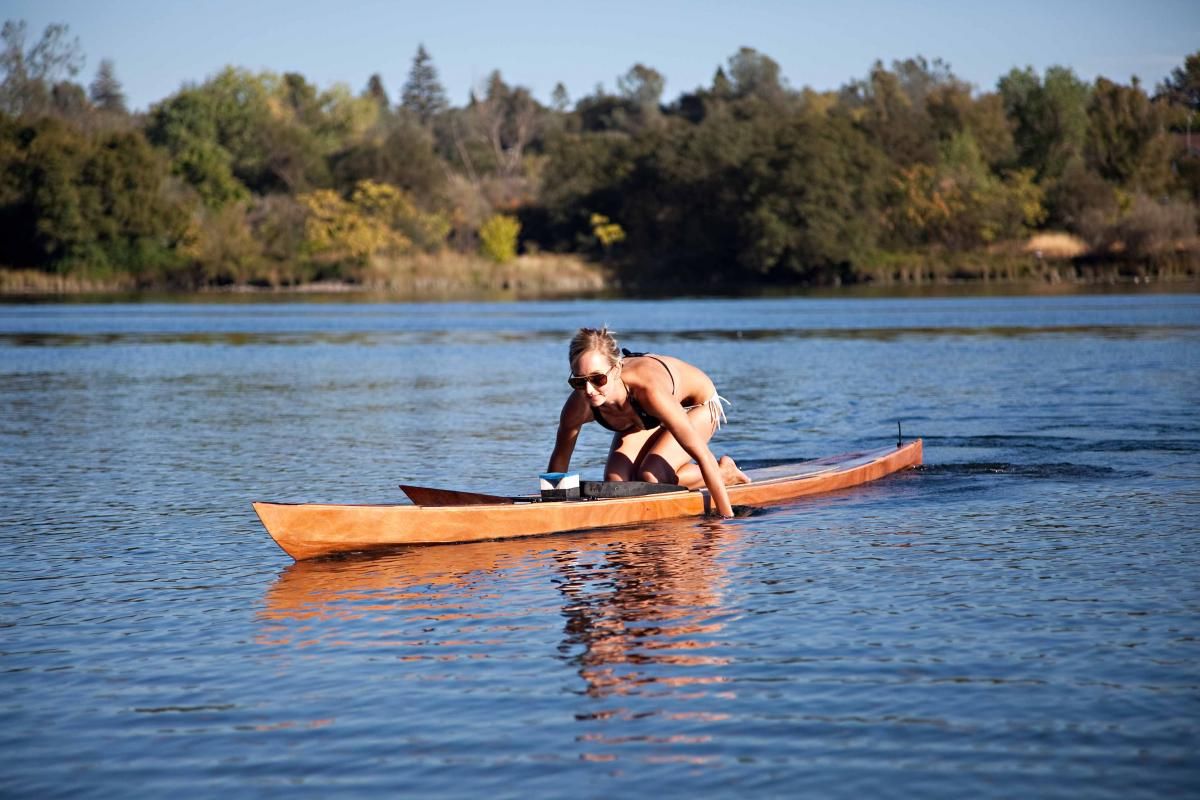
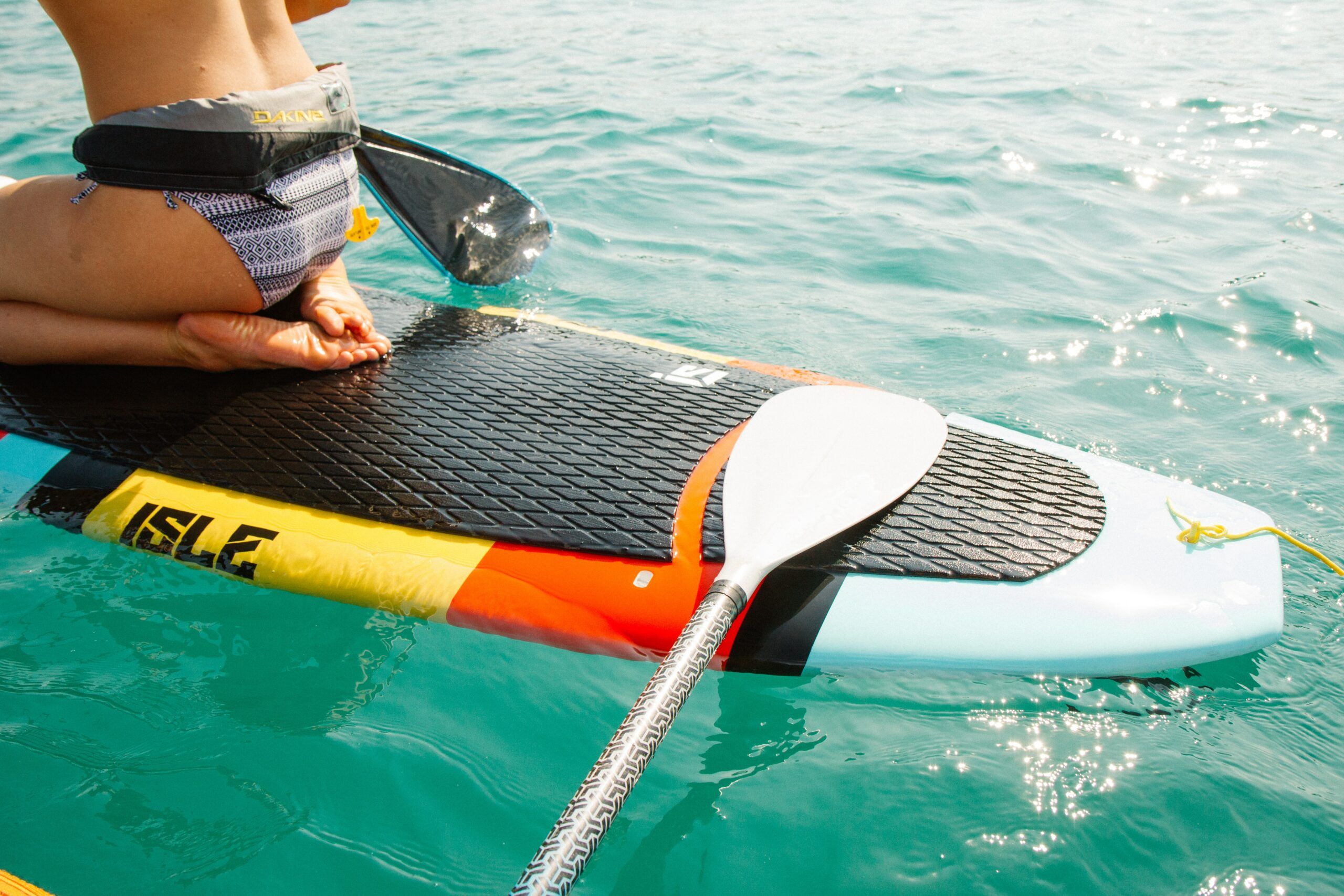
 Before diving into the wide array of paddle board options available, it’s essential to understand the key factors to consider when selecting the perfect board for beginners. By keeping these factors in mind, you can ensure that your chosen paddleboard aligns with your skill level, preferences, and goals. Let’s explore these crucial considerations:
Before diving into the wide array of paddle board options available, it’s essential to understand the key factors to consider when selecting the perfect board for beginners. By keeping these factors in mind, you can ensure that your chosen paddleboard aligns with your skill level, preferences, and goals. Let’s explore these crucial considerations:





